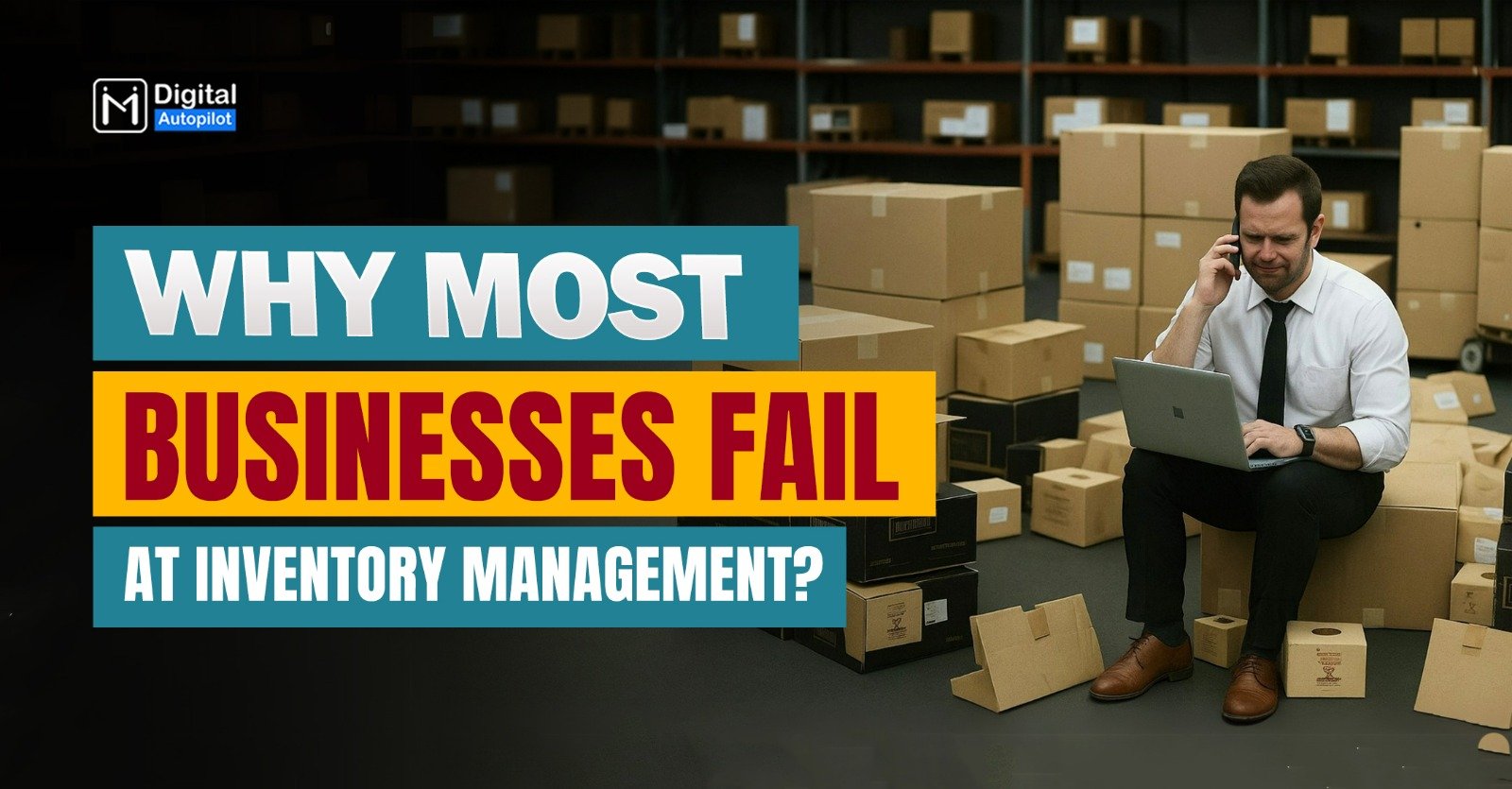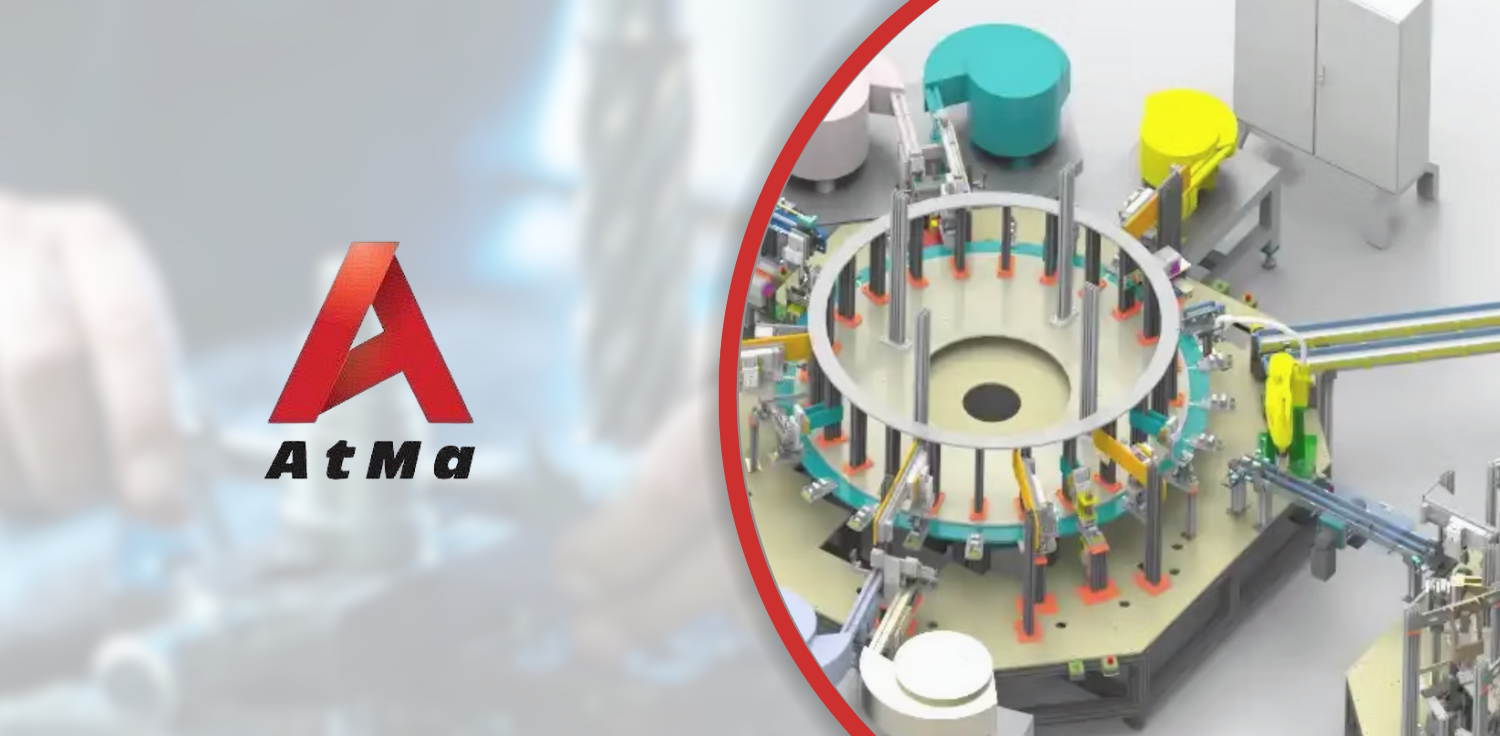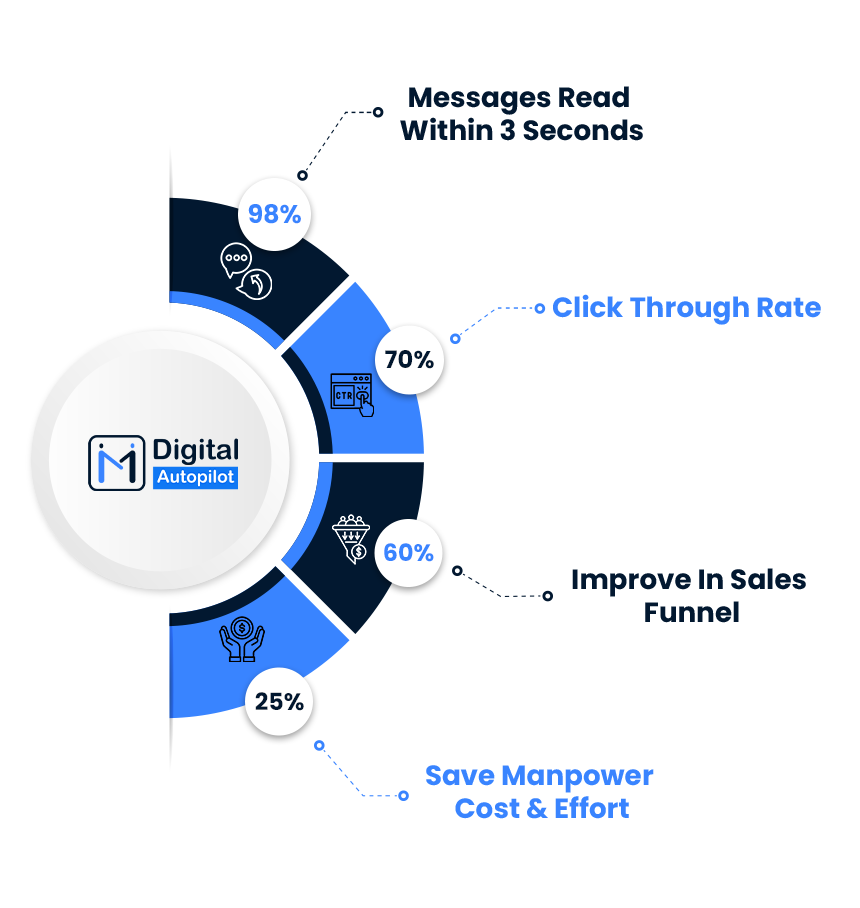On the night of December 2, 1984, Bhopal witnessed a disaster that shook the world.
A toxic gas leak from the Union Carbide plant killed thousands and left countless others with lifelong health issues.
Investigations revealed a chilling truth: safety protocols were ignored, maintenance was neglected, and routine checks—those simple yet critical steps—were overlooked.
The Bhopal Gas Tragedy wasn’t just an accident; it was a failure of process.
The whole catastrophe could have been avoided if an active checklist system existed around safety regulations.
Your business may not deal with life-and-death situations, but the principle is the same: skipping essential steps can lead to severe consequences.
It’s easy to assume that small oversights don’t matter, but in reality, they can cost you dearly—in lakhs, if not more.
The Hidden Cost of Small Oversights
Imagine this: You’re managing a growing e-commerce store in Delhi. Orders start coming in, but amidst the rush, one of your team members forgets to verify the shipping addresses of a batch.
The result? those orders are sent to the wrong locations. Not only do you lose money on refunds and reshipments, but you also risk damaging your brand’s reputation.
Another example: A B2B textile exporter in Surat faced a fine of ₹2 lakhs because a small compliance document wasn’t included in a shipment.
The oversight occurred because there was no checklist to ensure all regulatory requirements were met before dispatch. A simple step-by-step system could have prevented the error.
Small mistakes like these might seem insignificant in isolation. But over time, they accumulate, creating ripple effects that disrupt operations and drain resources.
From missed client deadlines to avoidable compliance penalties, every oversight has a price tag.
Why does this happen? The answer lies in human nature. When performing routine tasks, we often go on autopilot.
While this helps save mental energy, it also makes us prone to skipping steps or assuming someone else has it covered. Without a system to keep track, critical details fall through the cracks.
PEOPLE ALSO READ THIS: Why Most Business Systems Fail in India + Real Examples
Introducing the Solution: The Checklist System
The solution to these costly oversights is simple yet powerful: The CHECKLIST
It is a tool that helps you ensure every task, no matter how small or routine, is done right.
A checklist works like a guide. It reminds you and your team of the steps you need to take. It reduces mistakes, keeps things consistent, and helps you stay on track.
Whether you’re managing daily operations or planning a big project, a checklist system makes everything run smoother.
Take the aviation industry as an example. Every time a plane takes off, pilots follow a rigorous pre-flight checklist. This routine isn’t optional; it’s mandatory.
Why? Because the stakes are high, and even a single missed step could lead to disaster. This system has proven so effective that it has drastically reduced aviation accidents worldwide.
The same logic applies to businesses of all sizes. Whether you’re running a café in Mumbai or a manufacturing company in Delhi, you must need a proper checklist to ensure consistency, minimize errors, and increase your accountability.
How to Create an Effective Checklist?
Building a checklist for your business doesn’t have to be complicated. Here’s how you can get started:
- Identify Key Processes: Focus on tasks that are repetitive, high-stakes, or prone to errors. For example, a daily inventory check, order processing, or client onboarding.
- Break Down Tasks: Divide each process into smaller, actionable steps. For instance, if you’re managing an online store, a shipping checklist could include steps like verifying addresses, printing labels, and double-checking package contents.
- Assign Responsibility: Make sure each step is assigned to a specific team member. Accountability is crucial for ensuring that the checklist is followed.
- Use Tools for Accessibility: Business process automation tools with checklist features like MIDAP (Mi Digital Autopilot) can help you create, share, and track checklists efficiently and easily without hassle!
- Review and Update Checklists aren’t static. Your processes must evolve as your business evolves. Review and refine your checklists to ensure they remain relevant.
TRENDING ARTICLE FOR YOU: 10 Things You Should Know Before Investing in Business Automation Tool
Building Checklist With System Vs. Without A System
Creating a checklist is one thing, but embedding it into a well-structured system boosts its impact. Let’s look at how these two approaches differ:
Checklist Without a System:
- Checklists might exist but lack consistency and integration.
- Employees may forget to update them, skip steps, or overlook their importance.
- No automatic reminder system of missed steps.
- There’s no accountability mechanism, leading to repeated errors.
Checklist With a Proper System:
- Checklists become a seamless part of your workflow.
- Tasks are tracked digitally or through structured processes, ensuring every step is completed.
- Automated reminder system if every completed and missed step.
- You can easily generate reports and track employee performance.
- Tools like MIDAP make it easier to assign responsibilities, track progress, and maintain accountability.
A system-backed checklist doesn’t just guide execution—it enforces it. It ensures consistency, reduces human error, and drives results by simplifying even the most complex processes.
By embedding your checklists into a system, you not only make processes more efficient but also build a foundation for long-term success. It’s like upgrading from a manual gear bike to a fully automated vehicle—same goal, but far smoother and faster execution.
Conclusion: Small Steps, Big Impact!
The Bhopal Gas Tragedy serves as a grim reminder of the cost of neglecting routine checks.
Running a business is challenging enough without the added burden of preventable mistakes.
A checklist might seem like a small tool, but its impact is profound. It brings structure to chaos, ensures accountability, and protects your business from the hidden costs of oversight.
Start small. Choose one area of your business and implement a checklist system.
Watch how it reduces errors, improves efficiency, and sets the foundation for sustainable growth.
After all, in the world of business, it’s the little things that often make the biggest difference.

If you’re looking for a system to integrate checklists seamlessly into your business operations, choose MIDAP (MI Digital Autopilot)—a powerful business process automation framework specially designed for all sizes of businesses.
MIDAP helps you keep track of tasks, break down processes into clear steps, and assign responsibilities so everyone knows what to do. Plus, with automation, things get done smoothly without constant manual effort. With MIDAP, you can save time, reduce errors, and ensure nothing falls through the cracks. It’s the smarter way to stay on top of your business and get things done efficiently!












